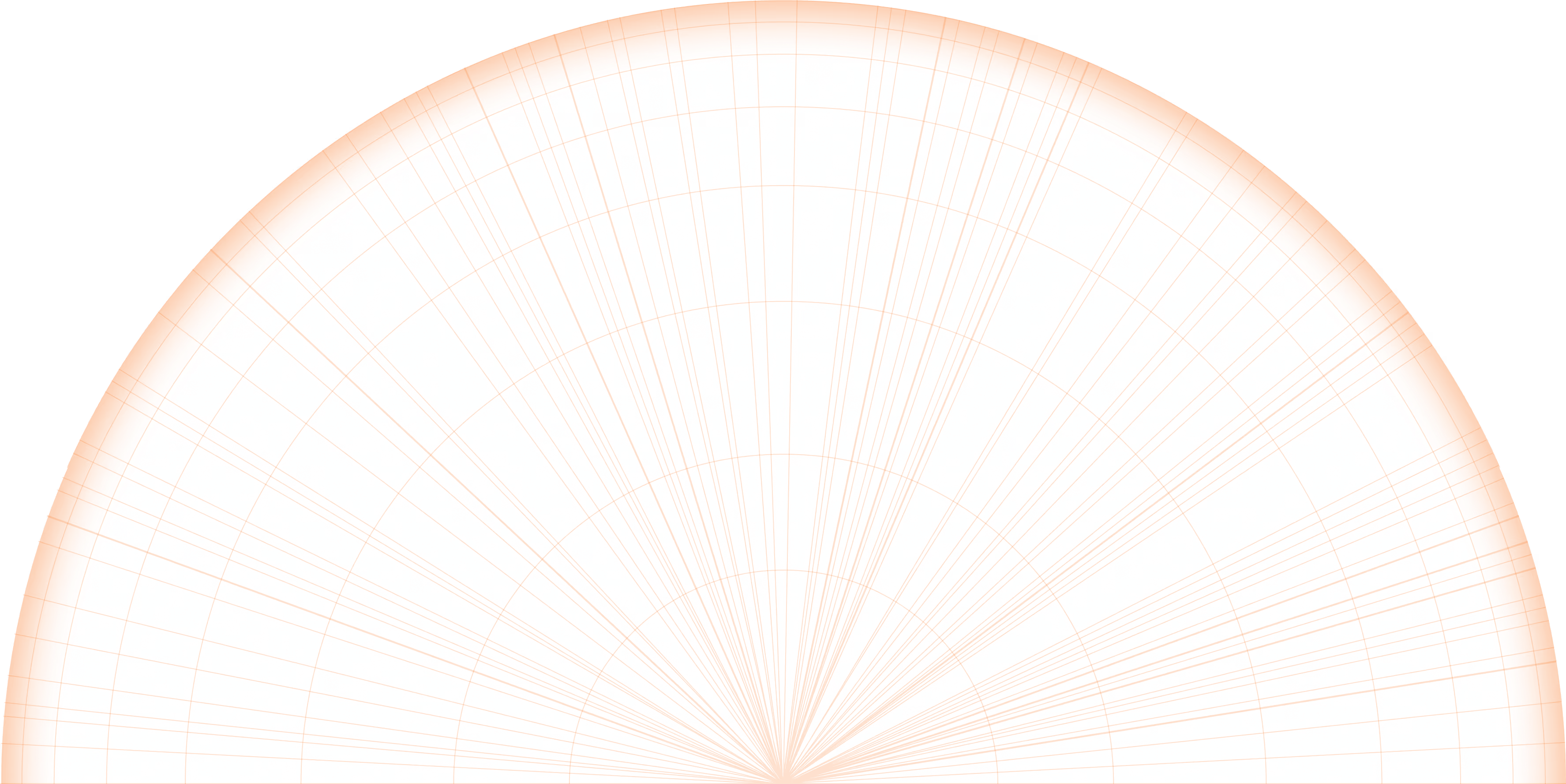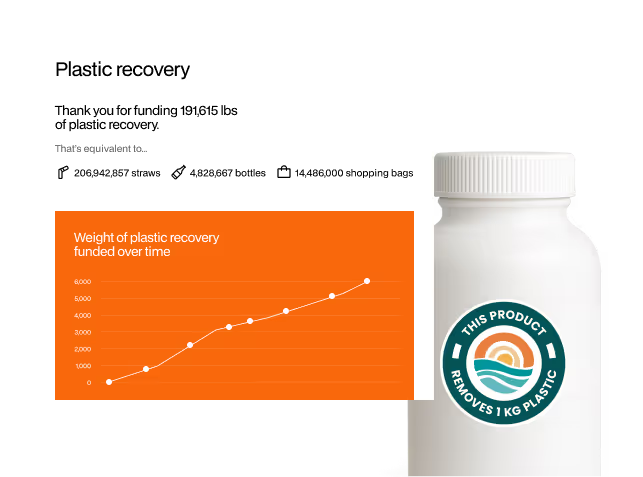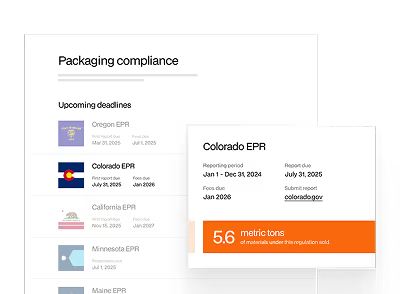What's New: Critical Updates for Registered Producers
Reporting Portal Opened September 22
The California Circular Action Alliance (CAA) reporting portal opened on September 22, releasing:
- CAISA documents: The California Interim State Addendum is being mailed directly to each producer's authorized representative. You cannot submit reports until this is signed.
- Excel reporting workbook: The official template for your Material Detail Report is now available in the producer portal
- Detailed guidance: Comprehensive instructions on California's unique reporting structure were made available both by Calrecycle & CAA.
California's Reporting Requirements: Significantly More Stringent
California's program is substantially more complex than Oregon and Colorado, requiring reporting across 95 covered material categories compared to approximately 65 in those states.
No Low-Volume Option: California does not offer a low-volume exemption. All obligated producers must file the full Material Detail Report. If California-specific sales data are unavailable, population-based apportionment is permitted on a temporary basis.
Three Required Data Points for Plastic Categories: For each plastic category, you must report:
- Total Weight (Lbs)
- Plastic-Only Weight (Lbs)
- Number of Plastic Components
For non-plastic categories (paper, glass, and metal), only total weight is required. This plastic-specific focus requires significantly more granular data collection than other EPR states.
No De Minimis Exemptions Currently in Effect: At this stage, producers must assume that adhesives, coatings, and labels must be reported as plastics where applicable. CAA has submitted 11 de minimis exemption applications (including polymer label adhesive and glass cold-end coatings), but approvals are not expected until after the rulemaking process completes.
Early Fee Ranges Published
CAA has published early fee range estimates outlining potential material category fees for budgeting purposes only. The finalized fee schedule will be available after the May 2026 reporting cycle (for 2025 data) is completed. First invoices are expected in August 2026.
These early estimates underscore the importance of accurate data reporting—the better your data quality now, the more accurate your future fee calculations will be.
Understanding California's Multi-Phase Reporting Cycle
- California's EPR program could involve multiple reporting phases throughout 2025-2026:
- Report #1 (Due November 15, 2025): Submit your 2023 packaging supply volume data. This baseline report establishes your compliance foundation and informs CAA’s program plan development for California. You have approximately six weeks from the portal opening to compile, validate, and submit this data.
- Report #2 (Due 30 days after final regulations): California's SB 54 regulations are currently in draft form and undergoing a 45-day public comment period until October 7, 2025. Once finalized in 2026, you'll have 30 days to submit any additional information or changes required by the final rules. The November 15 reporting deadline remains firm regardless of the regulatory timeline.
- Report #3 (Due May 31, 2026): The next annual reporting cycle for your 2025 packaging data will be in May 2026. This will be used to calculate your 2027 EPR fees and establishes the ongoing annual reporting pattern.
California's Broader Scope: B2B Packaging Included
California's program covers B2B packaging that doesn't enter residential waste streams—broader than Colorado's requirements. Ensure you're capturing:
- All SKUs sold or distributed into California
- Both consumer and B2B packaging
- All covered material types across 95 categories
2026: Plastic Reduction Plans Required
California requires brands to develop individualized plastic reduction plans that will collectively achieve a 25% reduction in plastic use by 2032. Guidance on this requirement is expected in 2026. The baseline data you report by November 15 will be used to help inform the industry’s reduction targets.
Immediate Action Items
Before November 15 (Approximately 6 Weeks)
- Sign your CAISA: Watch for the addendum mailed to your authorized representative—you cannot report without it
- Compile 2023 packaging data according to California's 95 material categories
- Calculate plastic-specific metrics: For all plastic categories, separately track total weight, plastic-only weight, and number of components
- Use population-based apportionment if needed: If California-specific sales data are unavailable, calculate apportionment temporarily
- Include all adhesives, coatings, and labels: Report these as plastics where applicable until de minimis exemptions are approved
- Validate data accuracy across all material types
- Submit your Material Detail Report through the CAA portal
What This Complexity Means for Your Business
- Market Access Risk: California is the largest U.S. market. Non-compliance could result in market access restrictions and administrative actions.
- Data Infrastructure Requirements: The 95-category structure with plastic-specific component tracking requires sophisticated data collection. Companies without granular packaging systems face significant manual work.
- Ongoing Compliance Burden: Three separate reports across 2025-2026 mean sustained resource allocation, not a one-time project. Additional reports may be required once regulations are finalized.
- Fee Implications: The 2023 baseline data you submit by November 15 will inform California's fee structure development. Accurate, complete reporting now could mean lower fees starting in 2027.
Timeline Summary
- September 5, 2025: Registration deadline (passed). Although obligated producers are still encouraged to register.
- September 22, 2025: Reporting portal opened with workbook and guidance and CAISA emailed to authorized representatives.
- October 7, 2025: Public comment period on draft SB 54 regulations ends
- November 15, 2025: Submit 2023 packaging data (Material Detail Report)—approximately 6 weeks from portal opening
- 2026 (TBD): Submit supplemental report 30 days after final regulations published
- May 31, 2026: Submit 2025 packaging data
- August 2026: First EPR fee invoices expected
- 2027: EPR fees due based on 2025 data; program implementation begins
- 2032: Meet 25% plastic reduction target
Get Expert Support for California's Complex Requirements
California's 95-category reporting structure, plastic-specific component tracking, and evolving regulations make this the most complex EPR program to date. The rePurpose platform transforms this complexity into streamlined compliance:
- Automated material categorization across all 95 California categories
- Component tracking for plastic weight and count calculations
- Population-based apportionment calculations when California-specific data isn't available
- Deadline tracking across all three 2025-2026 reporting phases
- Plastic reduction plan development and tracking for 2026 requirements
- Multi-state optimization as your compliance expands beyond California
- Future-proofing against evolving regulations and additional reporting requirements
With reports due in approximately six weeks and California representing the nation's largest market, organizing your data now reduces compliance risk and prepares you for future reporting cycles.
Ready to tackle California's EPR requirements? Contact our team to learn how the rePurpose platform simplifies compliance across all EPR states.
For more regulatory intelligence and compliance guidance, explore our regulatory resource library.

.jpg)
.png)
.avif)

.jpg)






